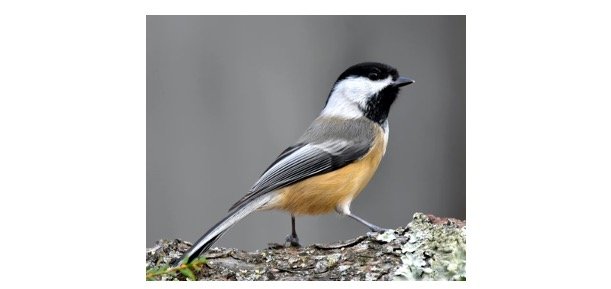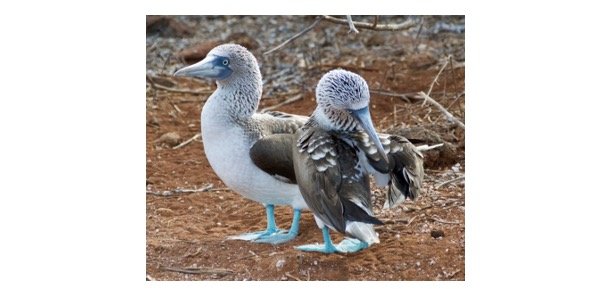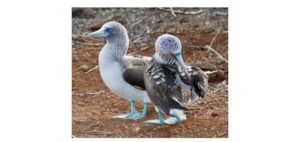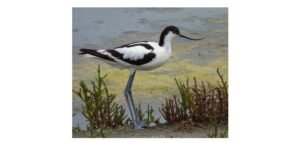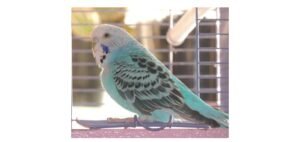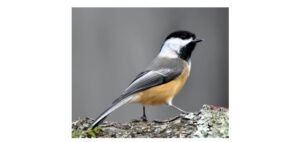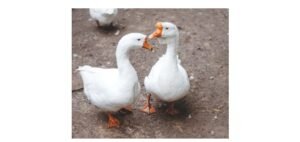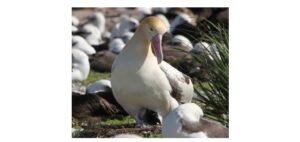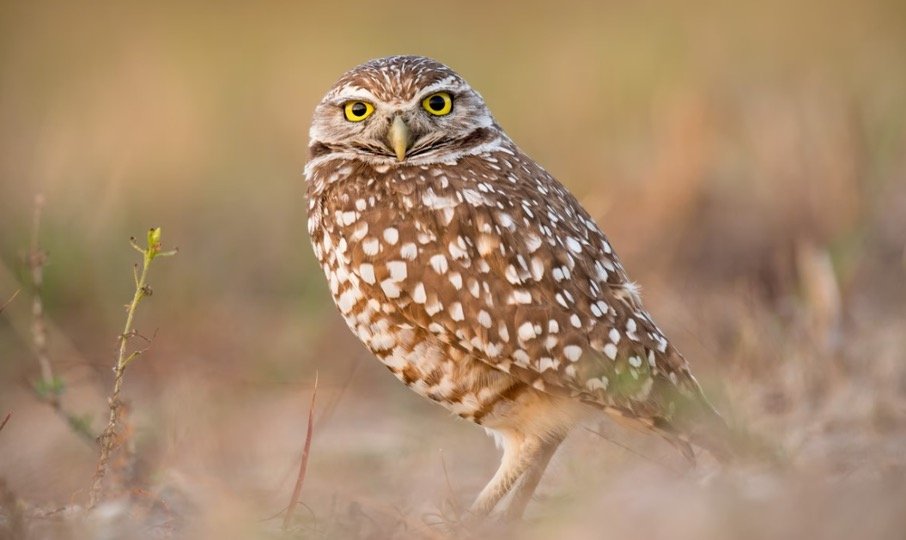
The burrowing owl (Athene cunicularia) is a carnivorous creature belonging to the Animalia family, phylum Chordata, class Aves, order Strigiformes, and family Strigidae. Athene is its genus. Its length is up to 7 to 10 inches and it weighs up to 122 to 255 g, with a lifetime of up to 6 to 11 years.
A burrowing owl is a bird that feeds on insects, rodents, reptiles, amphibians, birds, and earthworms. The barred chest pattern is the most distinguishing characteristic.
Burrowing owls are preyed upon by birds of prey like bobcats, cougars, coyotes, foxes, and more. Physical features include brown and white skin colorations and feathers on the skin.
Burrowing Owl Description
Unlike other owls, where the female is bigger than the male, the burrowing owl’s sexes are equal in size. The burrowing owl is a long-legged, thin bird that may be found all throughout the Americas.
While they are capable of incredible feats of flight, they spend the majority of their time on or near the ground. By limiting the abundance of prey in their native environments, this owl serves a vital ecological role.
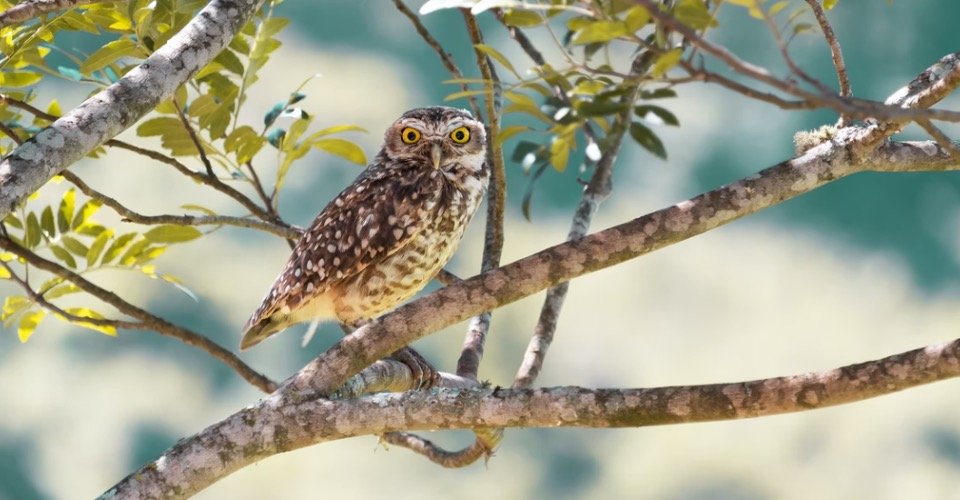
Burrowing owls may be found all throughout the Western Hemisphere. They like to roost in grasslands, prairies, and agricultural plains, which have little vegetation or trees. Burrowing owls, like badgers, desert tortoises, coyotes, prairie dogs, and foxes, will build nests in abandoned tunnels of other animals.
Some owls have also been seen building holes for themselves. Dung appears to be a key nesting element that may assist insects in finding their way in. The owls will defend a tiny territory that encircles the whole nesting location.
There are an estimated 2 million burrowing owls left in the wild. Between 1966 and 2015, the number may have decreased by around 33%.
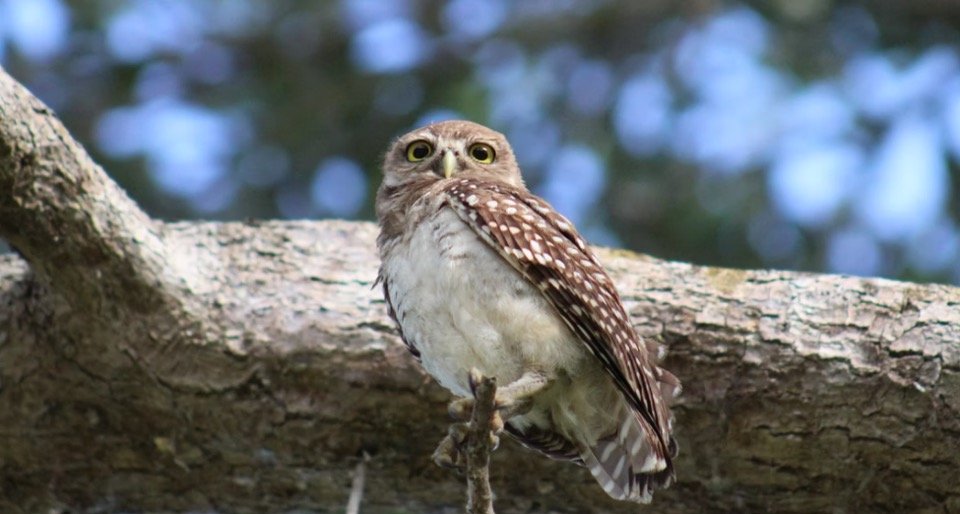
Fun Facts About Burrowing Owl!
• Every February, the Cape Coral Friends of Wildlife organisation hosts a Burrowing Owl Festival in Cape Coral, Florida. At Cape Coral, around a thousand nesting pairs are expected to exist.
• One of the most fascinating facts about the burrowing owl is that it is one of the few owl species that migrates throughout the winter.
• The burrowing owl has 18 recognised subspecies spread across its habitat. Each one has a vital ecological job to perform in its environment.
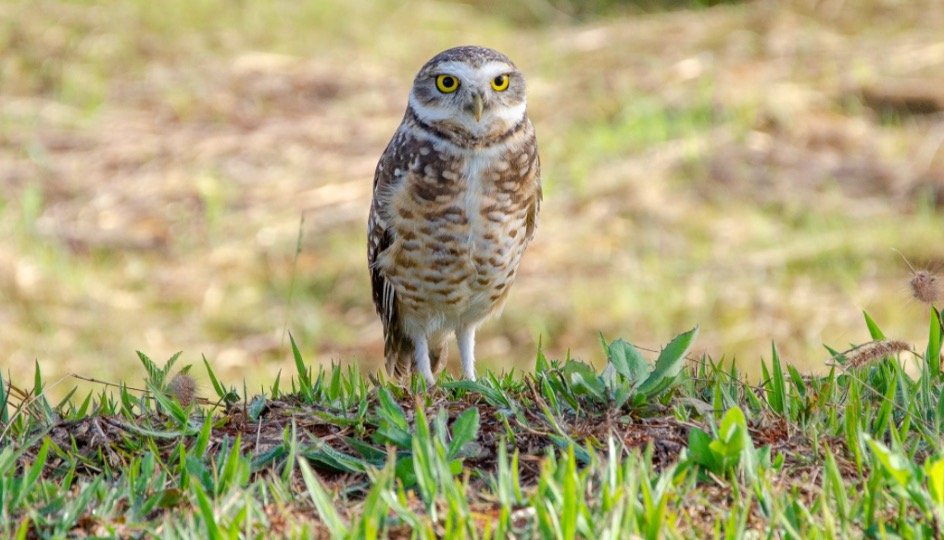
Various Burrowing Owl Species
Athene cunicularia is the scientific name for the burrowing owl. Cunicularia is derived from a Latin term that means burrower or miner, whereas the genus Athene is titled after the Greek goddess Athena, who was intimately linked with owls. The spotted owl, the tiny owl, and the forest owl are all close cousins.
Burrowing Owl Appearance and Behavior
The burrowing owl is a medium-sized bird, but tiny for an owl, with a wingspan of roughly two feet and a head-to-talon length of up to ten inches. Brown feathers with barred stripes on the chest, a white chin stripe, white eyebrows, and white dots on the back make up the mature plumage.
They also have round yellow eyes, lengthy legs, and no ear tufts to be seen. Males and females have remarkably similar appearances and are difficult to distinguish.
Monogamous breeding pairs underpin this owl’s social life, which is often arranged into relatively loose communities. There are 13 distinct vocalisations that have been recorded. The majority of these sounds have been evolved to aid in territorial defence or communication with a partner.
Burrowing owls are active at all hours of the day, although they mostly hunt between sunrise and sunset. Other vital actions like preening, stretching, and bathing in puddles or dust take up the balance of the time.
They usually stay near the ground or perch on a nearby bush or post. Only the northernmost populations of burrowing owls migrate during the winter months.
Northern burrowing owls breed in the United States and Mexico throughout the summer. They go all the way to Central and South America when winter approaches. Those who breed in Central and South America, on the other hand, do not migrate.
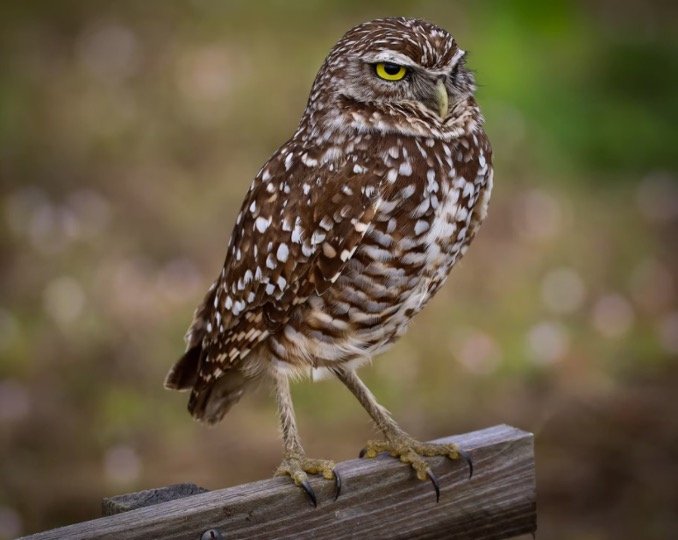
What Do Burrowing Owl Eat?
A carnivore, the burrowing owl eats meat. It is believed that insects and other arthropods make up around 90% of its food. When hunting, they will follow the prey along the ground by walking, hopping, hovering, or running.
Grasshoppers, crickets, and beetles are among the insects that it eats. Mice, ground squirrels, lizards, snakes, earthworms, amphibians, and tiny birds like sparrows are all prey.
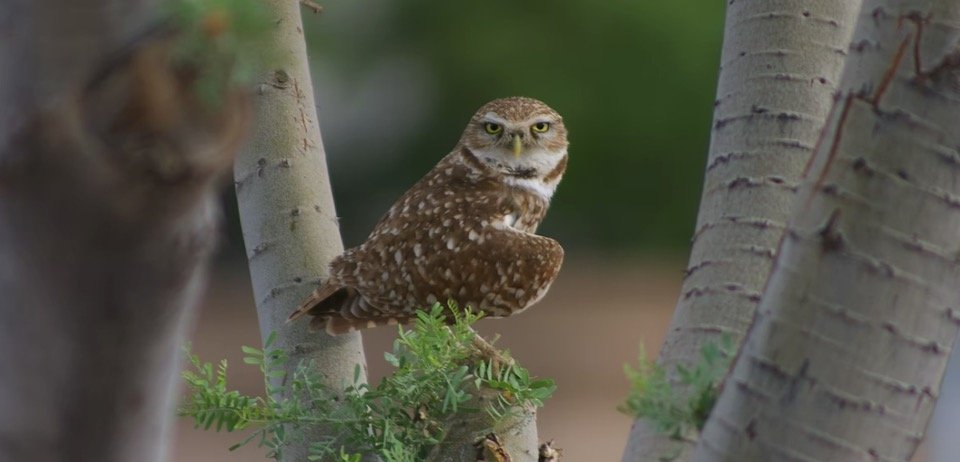
Burrowing Owl Predators and Threats
The burrowing owl is threatened by a number of factors, mainly habitat loss and predators. The IUCN Red List presently lists it as a species of least concern. The Migratory Bird Act of the United States protects the species.
Bobcats, cougars, coyotes, foxes, and numerous birds of prey such as hawks and eagles prey on the burrowing owl or its eggs.
The owl will screech and cluck while cracking its bill and swinging its wings in pain if it is harmed. Occasionally, a group of owls will be successful in driving away a prospective predator.
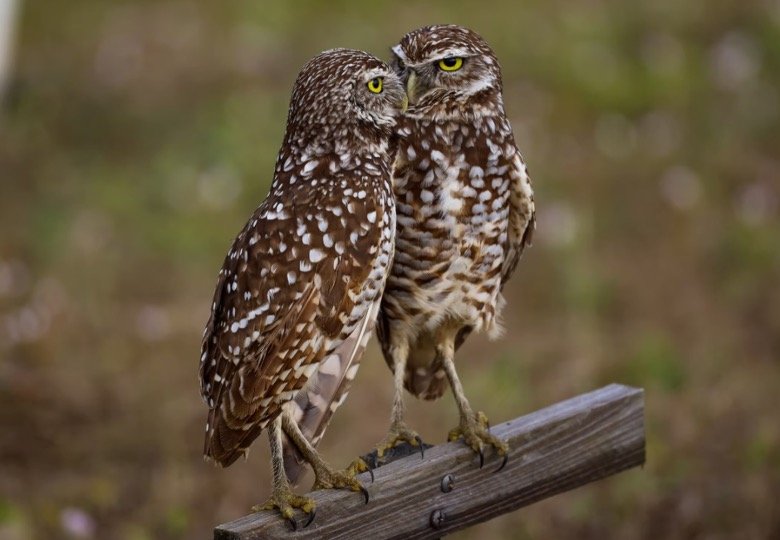
Burrowing Owl Reproduction, Babies, and Lifespan
Annually, the burrowing owl and its partner create a monogamous pair connection. Its courting ritual entails a lengthy period of preening, singing, and complicated flying displays in which it soars into the air with a partner and then swiftly descends, with the male delivering food to the female.
Between February and May, this bird marries and then produces a single clutch or numerous clutches of up to 12 eggs at a time. The newborn chicks will hatch from the eggs after a month of gestation, completely reliant on their parents for care.
The male will feed the family for the majority of the time, while the mother incubates the eggs and looks after the brood. She won’t leave the chicks until they’re mature enough to thermoregulate, or make enough heat to keep themselves warm.
The newborn chicks need 44 to 53 days to fully fledge and leave the nest on their own. Juveniles are born with a few bands and dots, but their adult plumage develops with time. Many owls are ready to breed at the start of the following breeding season.
The average lifetime in the wild is thought to be six to eight years. The wild owl with the longest reported lifespan was 11 years old.
